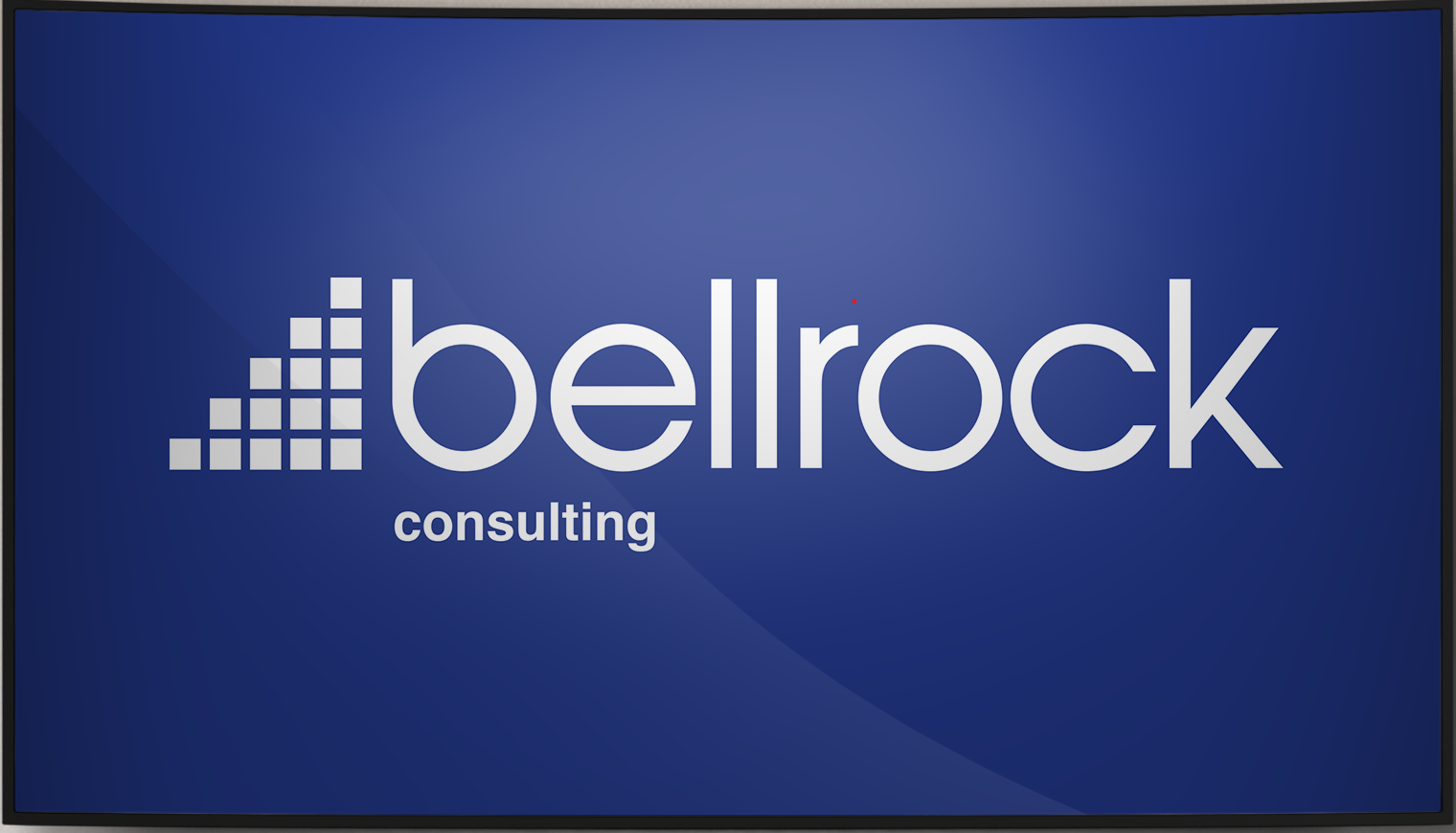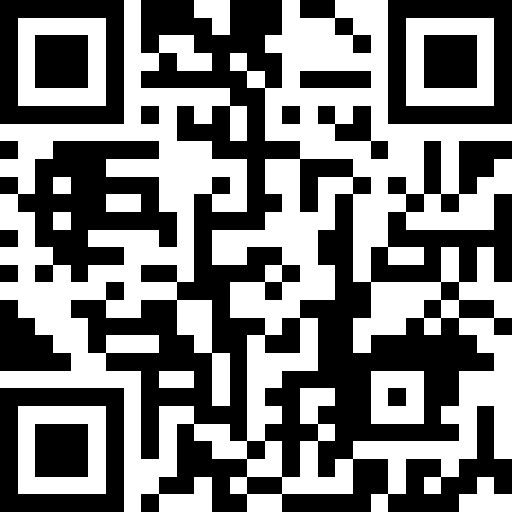Title Page
-
Project Name
-
Date
-
Prepared by
-
Location
-
Client
-
Principal Contractor
-
Accompanied by
-
Weather conditions
-
Works observed during the site walk
-
Number of operatives on site
Communications and Notices
-
Legally required information is displayed (Health & Safety Law Poster, HSE F10 Notification, permits, etc.).
-
Emergency instructions, incident reporting, and First Aider contact details displayed
-
Risk Communication Board(s) updated daily showing key work activities, exclusion zones, etc.
-
Arrangements in place to get worker feedback and input on SH&E management
Site Security and welfare
-
Site perimeter is secured and access is monitored and controlled. Unauthorised access is prevented.
-
Adequate toilet, canteen and drying facilities are provided and maintained.
-
The welfare provision is suitable and sufficient for the number of users and site activities.
-
The welfare area is free of trip hazards and unobstructed by clutter of materials or provisions.
-
Legionella Plan is in place and regular temperature checks are carried out and are recorded.
-
Onsite food retailers provided / displayed food hygiene certification and food safety training evidence.
Occupied premises and MOP interfaces
-
Evidence that the MOPs are not exposed to construction risks is identified.
-
Where MOPs access into work areas cannot be prevented, interface is adequately managed with no risks to MOPs.
Competence and Training
-
Induction process is implemented, and Induction Register is maintained and available for inspection
-
Evidence of regular toolbox talks are delivered to workforce, identified.
-
Evidence that Site manager(s) and supervisors have SMSTS / SSSTS training, identified.
-
Evidence identified that workers have valid CSCS cards or equivalent.
-
Evidence identified that drivers / operators of mobile plant are trained and competent.
-
Evidence of work at height training identified.
-
Evidence of training for confined space working, identified.
-
Evidence of manual handling training identified.
-
Evidence identified that personnel working on electrical systems are trained.
-
Competent First aiders and fire marshals are present on site and evidence of competency identified.
Health and Safety Planning and Control
-
Construction Phase SH&E Plan (including project risk register) in place and current.<br>
-
Fire and Emergency plan / procedure is in place, current and communicated / displayed.
-
A risk assessment is in place to determine the provision of first aid and fire marshals.
-
Logistics Management Plan in place and current.
-
Environmental Management Plan in place and current.
-
Risk Assessments and Method Statements are in place and followed for current work activities.
-
Health risks are assessed and hierarchy of control measures effectively applied.
-
Evidence that RAMS have been briefed and operatives signed up to the is identified.
-
Permit(s) to work are in place to control specified high-risk activities.
-
Site Manager's regular site inspection is recorded and available.
-
Significant manual handling tasks have been assessed and controls implemented.
-
COSHH assessments are in place and copies of Safety Data Sheets are available.
-
Excavation works are risk assessed, planned, controlled by a permit to dig process, and supervised by a competent person.
-
Daily inspections are conducted (or more frequently, as conditions warrant) and recorded by a competent person.
-
Lifting Plans are prepared by a competent person for all lifting operations.
-
All works at height are suitably controlled and managed.
-
Effective rescue plans and arrangements, for all WAH operations, are in place.
-
Vibration assessments completed for activities and equipment which are associated with potentially significant vibration levels.
-
Temporary works registers are in place and inspections of temporary works are recorded.
-
LOLER register is up to date.
-
PUWER register is up to date.
-
Adequate levels of supervision are present.
-
Working in the sun or in inclement weather is adequately managed and arrangements are recorded.
Pedestrian and vehicular routes
-
Vehicles and pedestrians are segregated as far as practicable, and arrangements are recorded and displayed on site.
-
Designated crossing points are provided, signed, and routes are kept free from slip / trip hazards.
-
Safe vehicle loading / unloading arrangements (incl. fall from height protection) are in place.
-
Vehicle movements are suitably controlled.
Personal Protective Equipment (PPE)
-
Mandatory PPE is worn in accordance with the site rules.
-
Task specific PPE is provided and worn in accordance with risk assessments.
-
PPE kept in good condition and stored appropriately.
-
Where required PPE is inspected and tagged as safe to use (fall arrest equipment).
Plant and Work Equipment
-
Plant and tools are fit for purpose, kept in good repair and suitable for the conditions of use.
-
Plant and tools are being used safely and are regularly inspected and maintained.
Temporary works
-
Evidence is identified that an approved TW Designer has been designing and modifying the site TW.
-
Evidence is identified that a competent TWC is appointed.
Work at Height Operations
-
Exclusion zones are established in all areas where there is a risk of objects falling from height.
-
Equipment used for work at height maintained and inspections recorded as required (tags or QR codes are present and easy to locate).
-
Where applicable, the scaffold is free of waste and not overloaded with stored materials.
-
All ladders are in good condition, secured to prevent unintended movement, and used safely. Ladders are regularly inspected, and tags / stickers are in place.
-
All step ladders are in good condition, tagged and used safely and as appropriate.<br>
Lifting Operations
-
Exclusion zones are in place around all lifting operations.
-
Lifting operations are supervised by competent persons and have sufficient numbers of competent signallers and operators.
Excavations
-
Utility scans conducted and services marked before breaking ground.
-
Excavations are adequately supported, benched, or sloped to prevent collapse.
-
Excavations are protected by barriers (and warning lights if on vehicle routes).
-
Safe means of access / egress are available.
-
Excavations are free of surface water / no sign of water pooling.
Confined Spaces
-
Access is minimised and all work is covered by a specific risk assessment and method statement prepared by a competent person.
-
Permit to work process are applied and effectively implemented.
-
Effective rescue plan and arrangements are in place.
Electrical Safety
-
Portable electrical appliances are in good order, appropriate for use on site (e.g. battery or 110V) and PAT tested.
-
Internal and external lighting is fit for purpose.
-
Overhead power lines are protected by ‘goalposts’ and signage.
-
Working on live electrical systems is minimised and controlled by permits to work by competent contractor.
-
Evidence that cable management is efficiently implemented, identified.
Hazardous Substances
-
All operations involving hazardous substances are effectively controlled.
-
Flammable gases / liquids are stored appropriately to prevent fire, explosion and accidental impact / damage.
-
Effective measures are in place to prevent or control dust levels (e.g. sheeting lorries, water spraying, etc.).
Asbestos
-
A suitable asbestos survey is available, on site.
-
Evidence that operatives have asbestos awareness training, identified.
-
SSOW with or around asbestos are in place, approved by the Principal Contractor and adequately monitored.
-
Where asbestos removal works have been undertaken, air clearance certificates have been provided and are available for inspection, where relevant.
-
Was asbestos remediation undertaken at the time of inspection? (any asbestos reviews/inspections are to be undertaken by a suitable specialist – by others)
Noise and Vibration
-
Hearing protection zones are in place.
-
Evidence that exposure to vibration (WBV & HAVS) is effectively controlled, is identified.
Environmental
-
Suitable controls and arrangements are in place to prevent ground / water contamination.
-
Effective measures are in place to control noise and nuisance issues for local communities.
-
Measures are in place to ensure tree protection during construction operations.
-
If protected species have been identified, measures are in place to protect them. Arrangements are recorded in the Environmental Management Plan / CPP.
-
Emergency plan covers response to environmental incident and spill kits are available.
-
Suitable controls are in place for waste management.
-
Overall, the site (work areas and compound) is tidy and good levels of housekeeping observed.
Fire and Emergency
-
Adequate numbers of fire points with alarms and fire extinguishers are provided, kept in good working order, and correctly signed.
-
Emergency exit signs are in place and clearly direct people to appropriate routes and assembly points.
-
Regular fire alarm tests are carried out and recorded.
-
Where hot works are carried out suitable fire extinguishers are present in the work area.
-
Where required fire-retardant curtains are installed.
First Aid and Accident Reporting
-
First aid boxes are in date, regularly checked, stocked, as per the risk assessment.
-
Incidents (injuries, ill-health, near misses, environmental incidents and property damages) are reported and recorded.
-
Have any incidents / accidents occurred in the month?









